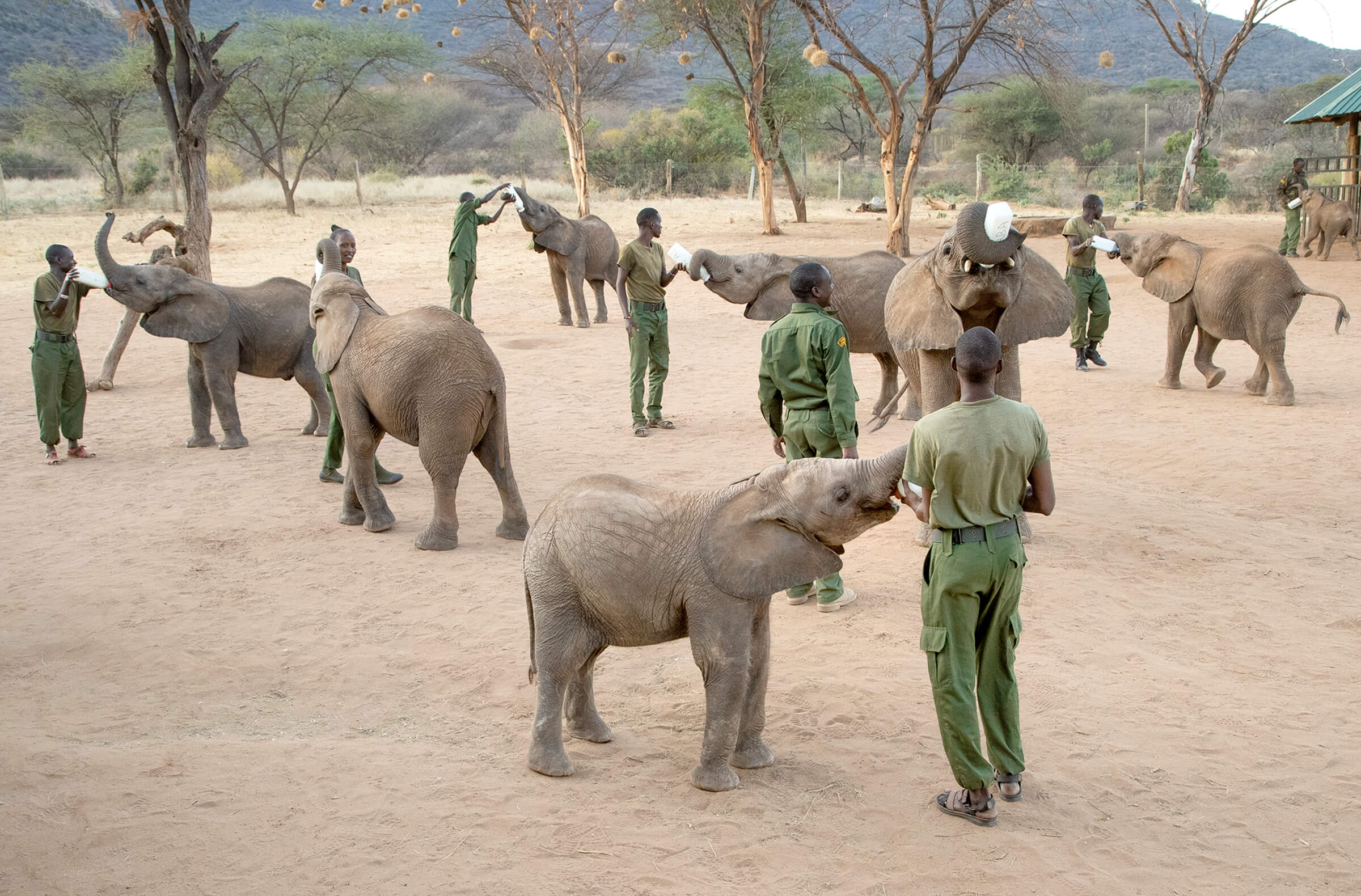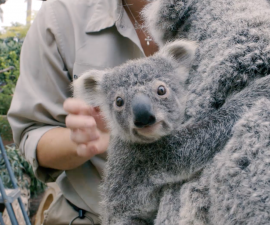BY Karyl Carmignani
Photography by Ken Bohn
Tucked deep in the picturesque scrubland of northern Kenya is a community-based, grassroots movement to protect local wildlife: the Reteti Elephant Sanctuary Community United for Elephants (R.E.S.C.U.E). Owned and operated by people from the surrounding community, the sanctuary is changing lives not only for the rescued animals, but also for people who, at times, lived uneasily next to elephants. Not so long ago, elephants were viewed as giant pests, for collapsing water holes dug into the earth where livestock come to drink, and trampling life-giving crops. But employment and education opportunities from the sanctuary are changing the way many people view wildlife, and illuminating the benefits of supporting healthy wildlife populations.
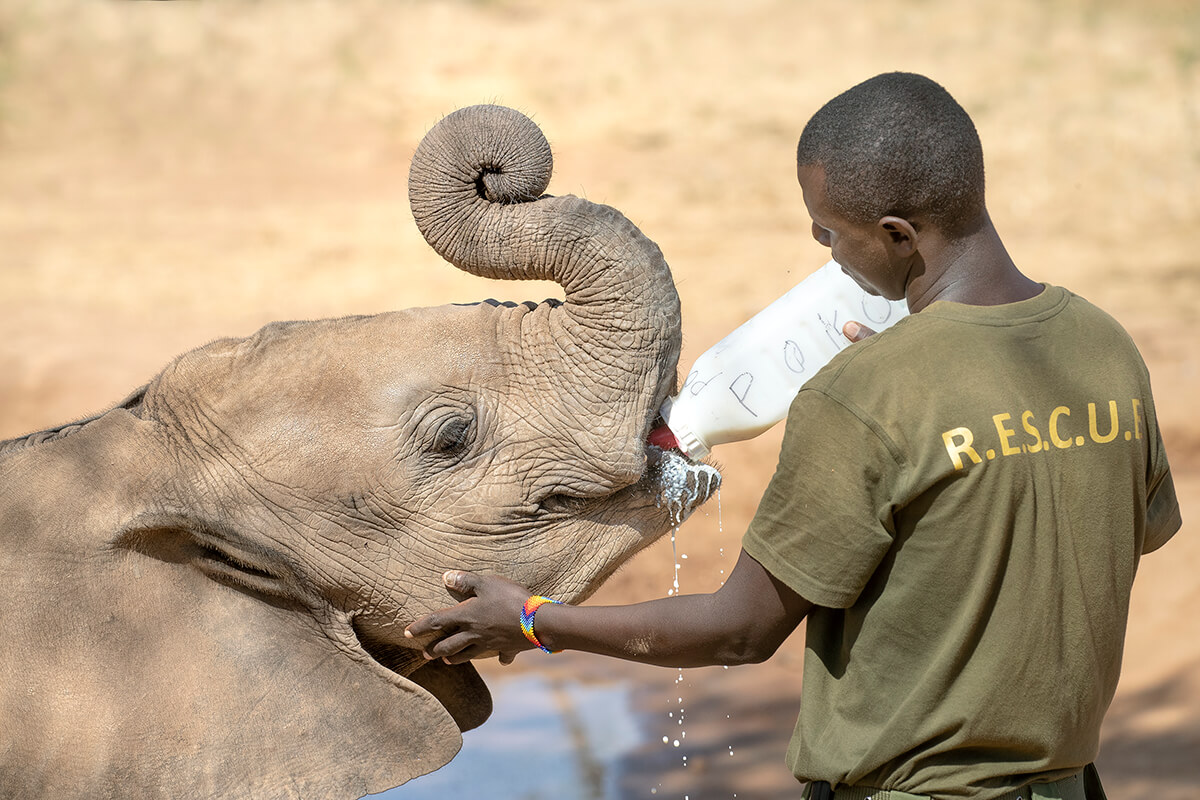
GOT MILK?
To thrive, elephant calves “nurse” frequently, consuming about eight bottles of formula each day.
The Kenya Wildlife Service is the custodian of the country’s wildlife, and San Diego Zoo Global (SDZG) is proud to be part of the partnership that also includes Reteti, the Namunyak community, Northern Rangelands Trust, Sarara Camp, along with Conservation International and Tusk, to help provide the best care for injured and orphaned elephants in the Namunyuk region of Kenya. The ultimate goal at Reteti is to re-wild and release the animals when they are ready. Additionally, the two recent elephant births at the Safari Park provide an opportunity for animal care experts in San Diego and in Kenya to share information about growth rates, nutrition, and maternal care, to help improve animal welfare and conservation on both continents.
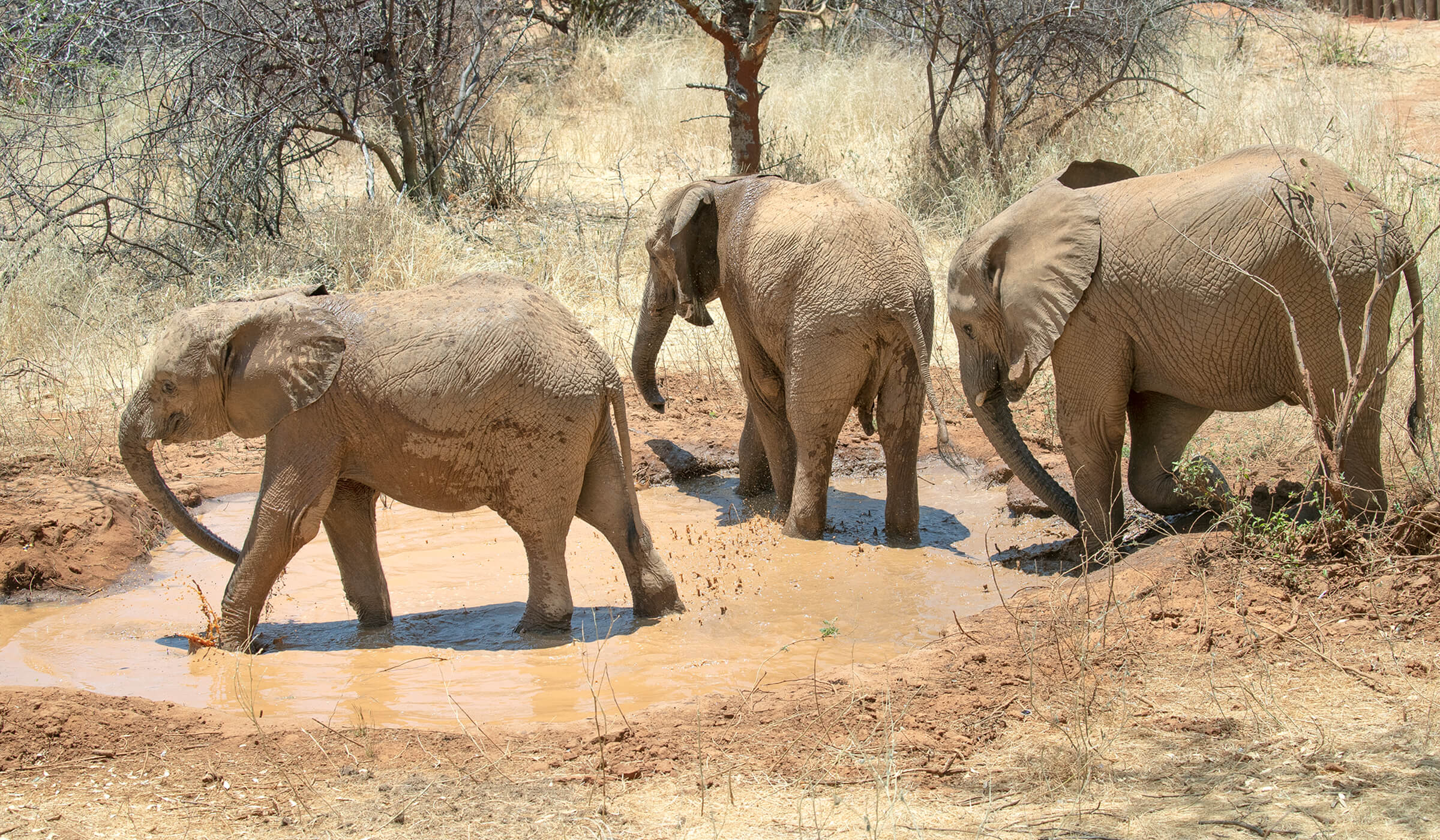
Harambee Spirit
Despite its raw beauty, Kenya can be a treacherous place for young animals. While African elephants form tight-knit matriarchal groups and fearlessly protect calves, occasionally the little ones can get separated from the herd. Dr. Stephen Chege, veterinarian at Reteti and SDZG post-doctoral fellow, explained that during the dry season, people dig wells into the earth to find water, and sometimes the baby elephants fall in and get stuck. The calves can also get separated from the herd due to severe drought, floods, human-elephant conflict, and of course poaching, which has decimated many populations. In response to an increase in orphaned ellies in northern Kenya, the community initiative at Reteti began in 2016, with the help of the Namunyak Conservation Trust, the oldest community conservancy supported by the Northern Rangelands Trust, and Sarara Camp.
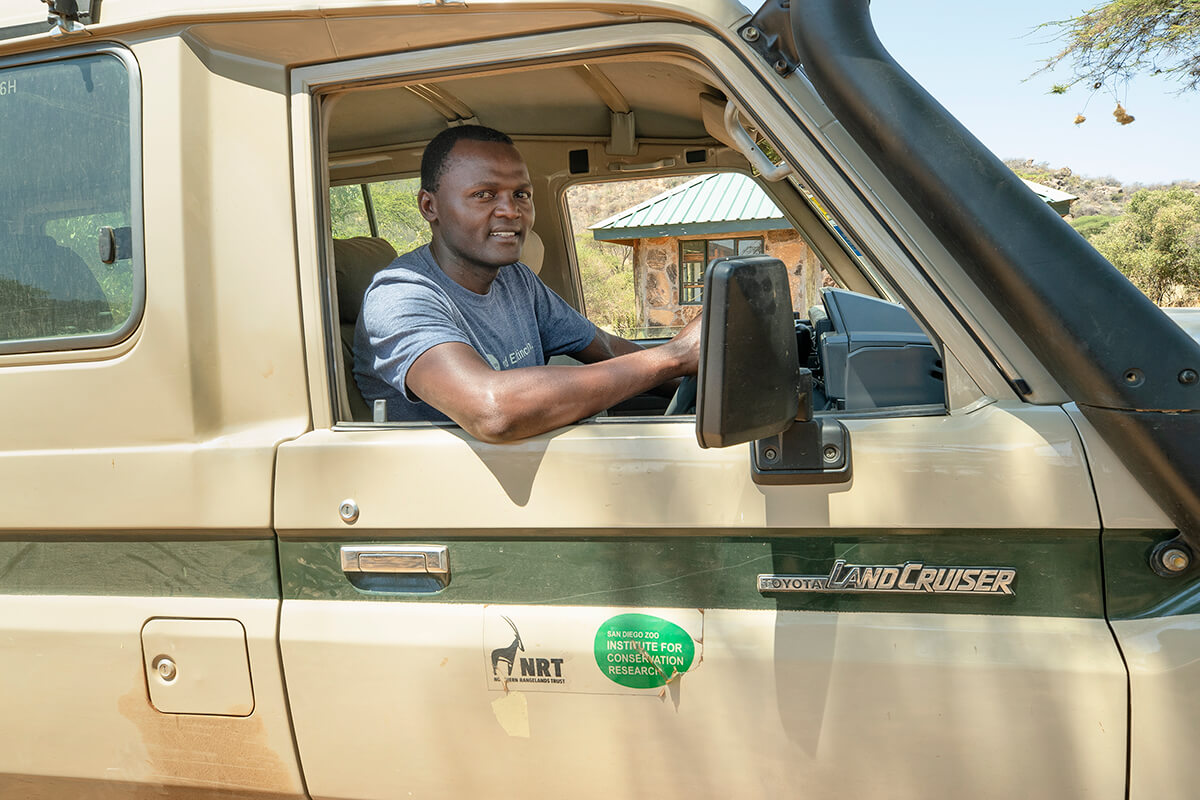
HELP IS ON THE WAY
Senior veterinarian Dr. Stephen Chege and his team work hard to save each and every elephant calf that needs assistance.
It began with a small but mighty team of four keepers, led by Dr. Matthew Mutinda, DVM of the Kenya Wildlife Service. Today, there are about 55 employees from the community! Current senior veterinarian, Dr. Stephen Chege, is proud of his staff and their commitment to saving wildlife. People who have left to find work in urban areas are now returning to Namunyak to work at Reteti. It is also a place for women’s empowerment, as many elephant keepers are female, and children are seeing confident women working and being proud of what they do. Everyone—men, women, elders, warriors, and children—has an eye out for wildlife. In true Kenyan spirit, harambee, which literally means “all pull together,” is blazing a conservation path at the Reteti Elephant Sanctuary.
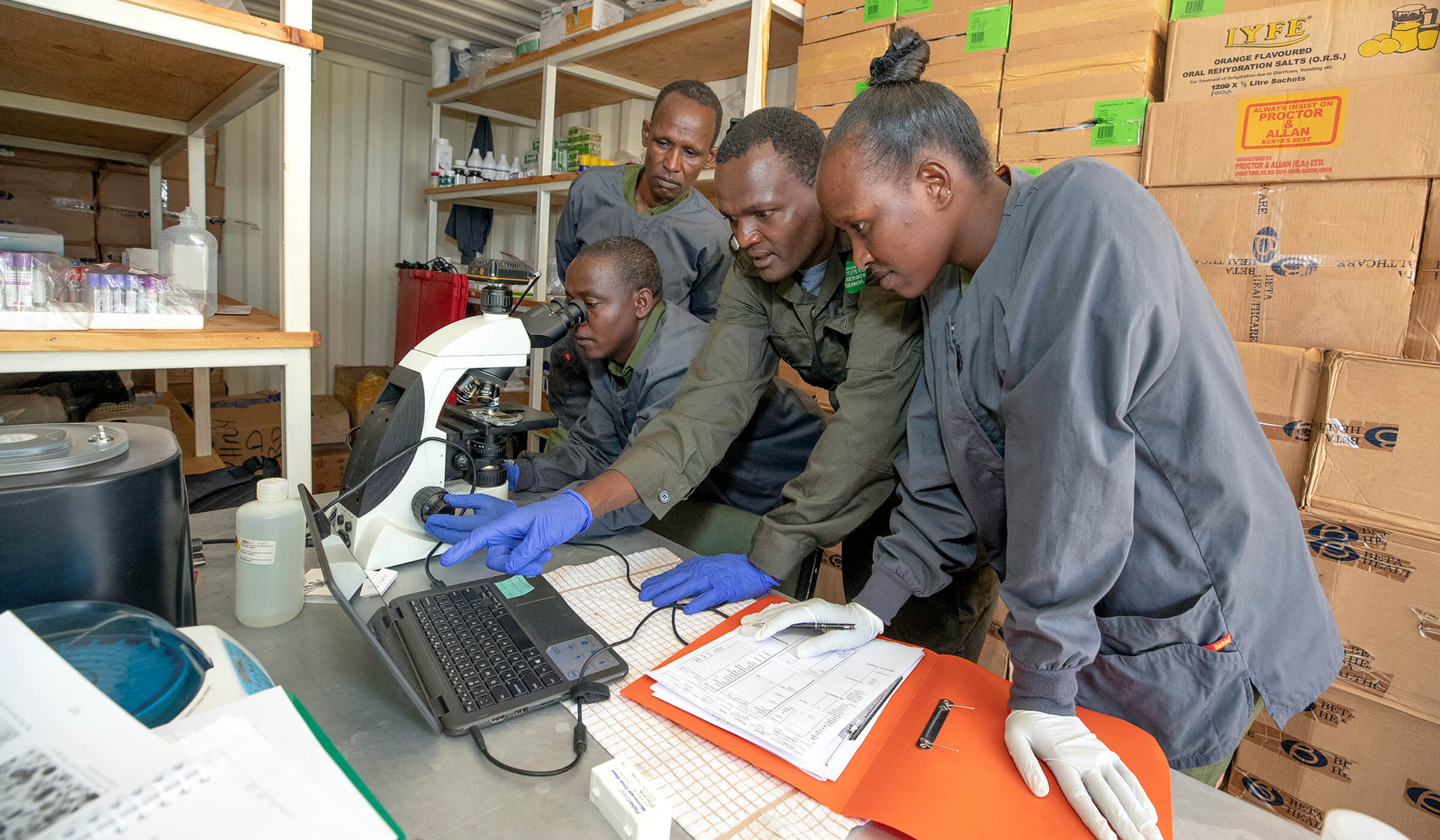
The Doctor Is In
Over a dozen ethnic groups inhabit northern Kenya, and many of them are semi-nomadic pastoralists, herding camels, cattle, sheep, and goats. They can cover a lot of ground in a day. Should they come across a stranded elephant calf, they contact the Kenya Wildlife Service or the Reteti Elephant Sanctuary. Staff may stay with the little one for up to 48 hours, in hopes its herd will return. Though a baby elephant weighs as much as a refrigerator, it is tiny and vulnerable when alone in the bush. Stress and dehydration soon take a toll. Once Reteti Elephant Sanctuary staff are notified, it can take time to reach the calf and longer still to transport it to the sanctuary. The calf may be severely compromised physically and emotionally.
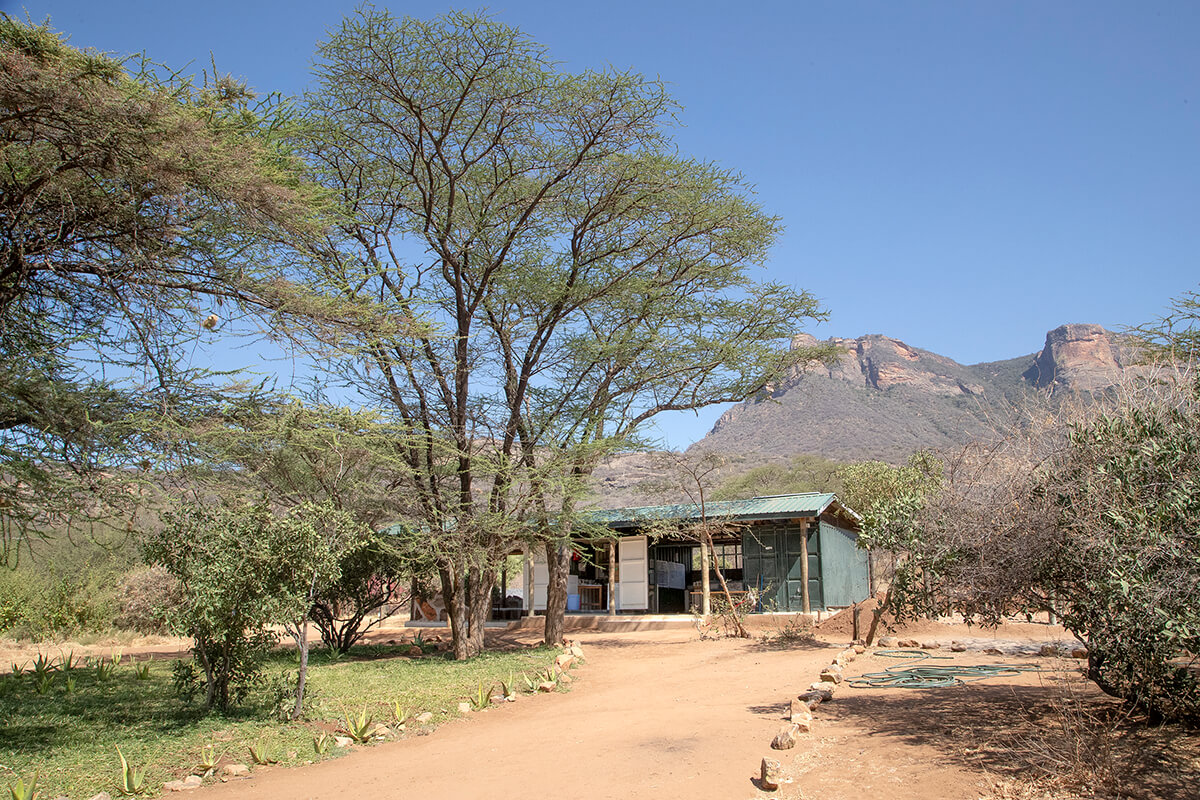
LIFE SAVING LAB
The new on-site laboratory enables staff to better care for the calves, as samples can be analyzed on the spot, and they can quickly find the best treatment plan for the ailing animal.
Skilled and compassionate elephant keepers at Reteti play a huge role in coaxing the orphaned animals back to life—it can take over two weeks to stabilize a calf. Dr. Chege relies on his lifelong experience and medical expertise and training to assess what is happening with the animal and formulate the best treatment plan. The newly constructed, on-site laboratory (sponsored by SDZG) is a critical resource in caring for these babies. Thanks to a collaboration with the Kenya Wildlife Service, Northern Rangelands Trust, Namunyuk, and SDZG, staff can put the animals’ welfare first and provide vital examinations and lab tests. “Analyzing blood helps us detect an infection when it’s still early, and quickly institute the right therapy,” Dr. Chege said. And fecal samples examined under a microscope allow vet staff to see if the parasite load is acceptable or if medication is needed. “We are grateful to San Diego Zoo Global’s support in helping us care for these baby animals,” he added. “This on-site lab is much appreciated.”
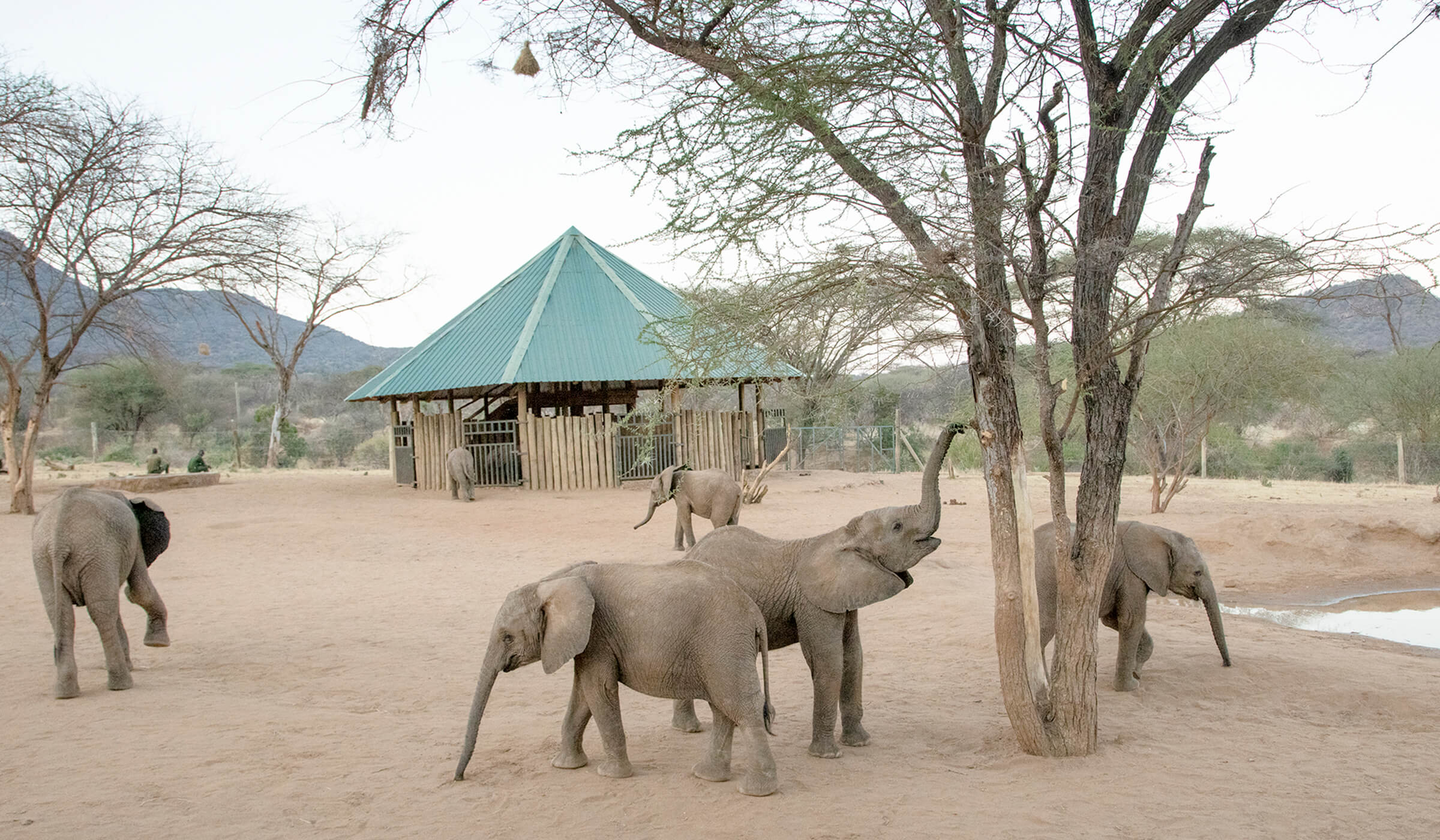
Rescue, Raise, and Re-wild
Just one elephant calf at the sanctuary can drink eight bottles of formula each day. The nutritional makeup of this milk substitute is crucial in the calf’s development—it takes a tasty balance of fats, proteins, amino acids, and other nutrients to get a pint-sized pachyderm to pack on the pounds. To help improve the milk recipe for hand-raised calves, Safari Park keepers collect milk samples from two lactating females at the Park, which is analyzed by our Nutritional Services department to find the secret to the best calf-thriving formula.
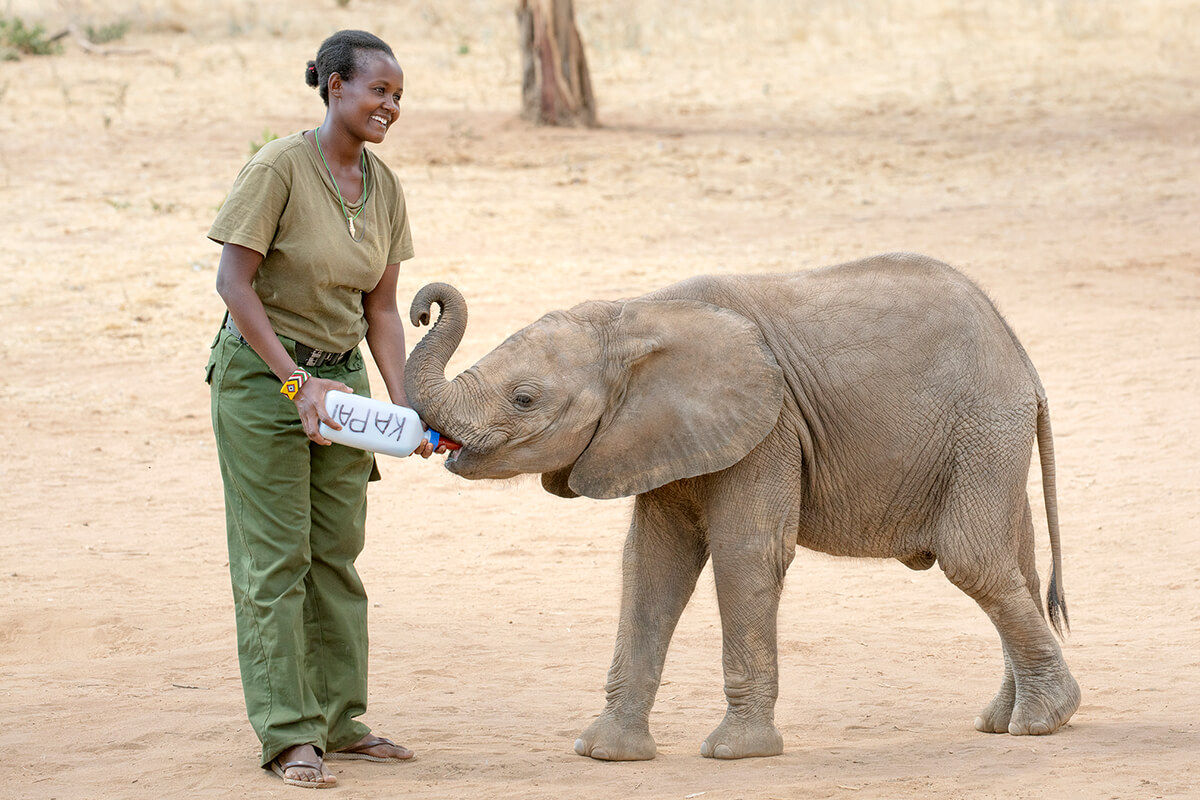
CONSERVATION CONTRIBUTION
Reteti hires local people to work at the sanctuary. For many, it is a huge opportunity to work and continue their education.
At Reteti, keepers patiently hand-feed bottles to their charges, then take the calves for a walk in the bush, where the youngsters can experience their habitat and chase the guinea fowl. Heat of day finds them taking a refreshing mud wallow to stay cool and deflect insects. (While elephants are a type of pachyderm, which means “thick skin,” the animals are actually quite sensitive to sunburn and bug bites.) The keepers work hard to nurture their charges. “It is lovely working with these baby animals…our keepers feeding them are so passionate and happy and want to interact with them. It has given me a lot of hope! I am able to sleep well because they know what they are doing,” said Dr. Chege.

PARTY OF TWO
Elephants are highly social animals, and sometimes finding a good friend is the best medicine.
The first group of rescued elephants is being prepared to be re-wilded in mid 2019. The trio has been separated from the other 11 orphans, and keepers are weaning them from bottles and walking them farther each day. Dr. Chege shared a recent experience in the bush where the keepers and the youngsters encountered a large wild bull elephant. The keepers were frightened at being unable to protect the calves from the huge animal, but the calves trotted up to the bull and even tried to nurse! The mighty bull was “very kind” to the youngsters and ushered them back to their keepers. It was an extraordinary encounter for all concerned, and shows that sometimes hope has four legs and a trunk.

